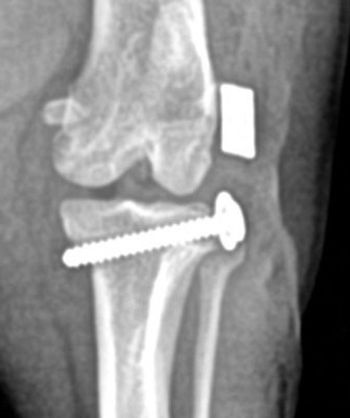
Skills Laboratory: How to perform a belt-loop gastropexy
This quick and easy procedure can prevent the often fatal condition of gastric dilatation-volvulus in dogs.
A gastropexy involves tacking the stomach to the abdominal wall to prevent rotation. It can be done prophylactically to prevent gastric dilatation-volvulus (GDV) in at-risk dogs, or it can be performed after gastric derotation as part of the surgical treatment of GDV. As stated in
Step 1
Make two small transverse stab incisions 3 cm apart into the parietal peritoneum and transversus abdominis muscle. The incisions should be 2 to 3 cm caudal to the last rib and 2 to 3 cm long in the ventral one-third of the right abdominal wall.
Step 2
Elevate the transversus abdominis muscle from the internal oblique muscle with blunt dissection.
Step 3
Create a 3- to 4-cm-long by 3- to 4-cm-wide seromuscular flap in the pyloric antrum. The dissection should be between the muscularis layer and the submucosa. Incorporate one or two branches of the right gastroepiploic artery into the flap.
Step 4
Place one simple interrupted suture between the stomach wall and the dorsal part of the transversus abdominis muscle tunnel.
Step 5
Using atraumatic forceps or a stay suture, pass the seromuscular flap in a caudal to cranial direction through the "belt loop" in the abdominal wall.
<
Step 6
Suture the seromuscular flap back into its original position by using a 3-0 absorbable monofilament suture with a simple interrupted suture pattern.
Newsletter
From exam room tips to practice management insights, get trusted veterinary news delivered straight to your inbox—subscribe to dvm360.




